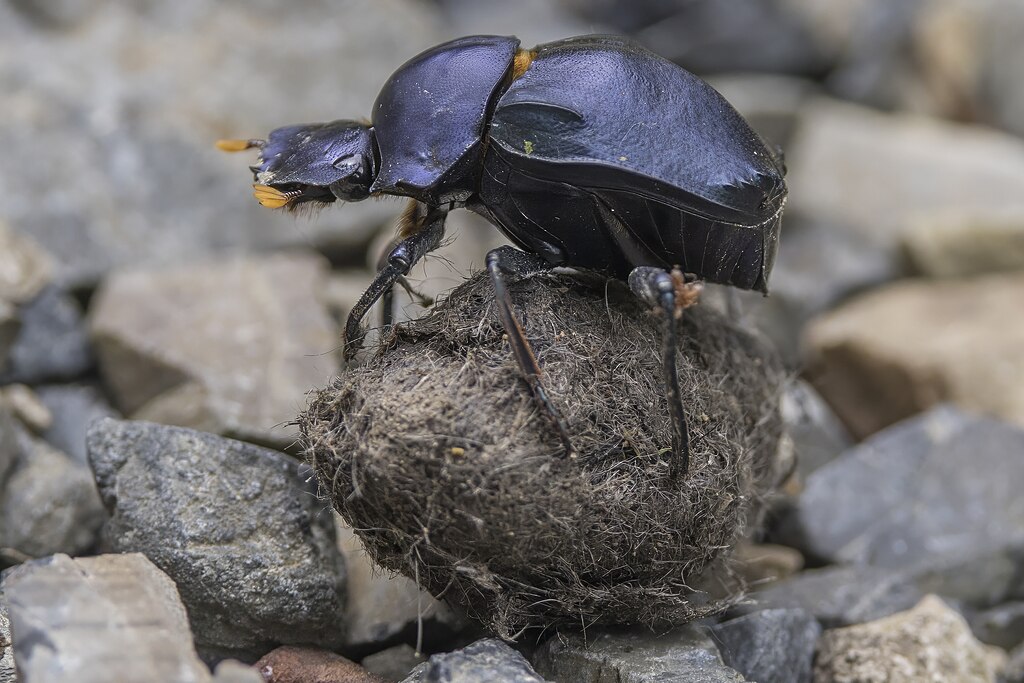Right now, while you’re reading this, millions of tiny workers are busy cleaning up the mess we’ve made of the world. They don’t punch time clocks, demand overtime pay, or complain about working conditions. These unsung heroes labor tirelessly in our backyards, forests, and even our garbage dumps, breaking down everything from dead animals to human waste. Without them, we’d be drowning in our own filth within weeks. Yet most of us have no idea they even exist, let alone appreciate the monumental task they perform every single day.
The Dung Beetle: Nature’s Ultimate Recycling Machine

Picture this: a creature that can move objects 1,000 times its own body weight while performing one of the most crucial environmental services on Earth. That’s the dung beetle for you. These remarkable insects have turned waste processing into an art form, rolling animal droppings into perfect spheres and burying them underground. A single dung beetle can bury 250 times its own weight in dung every single night. Without these industrious creatures, grasslands would be buried under layers of animal waste, and disease would spread like wildfire through ecosystems.
Carrion Beetles: The Undertakers of the Natural World
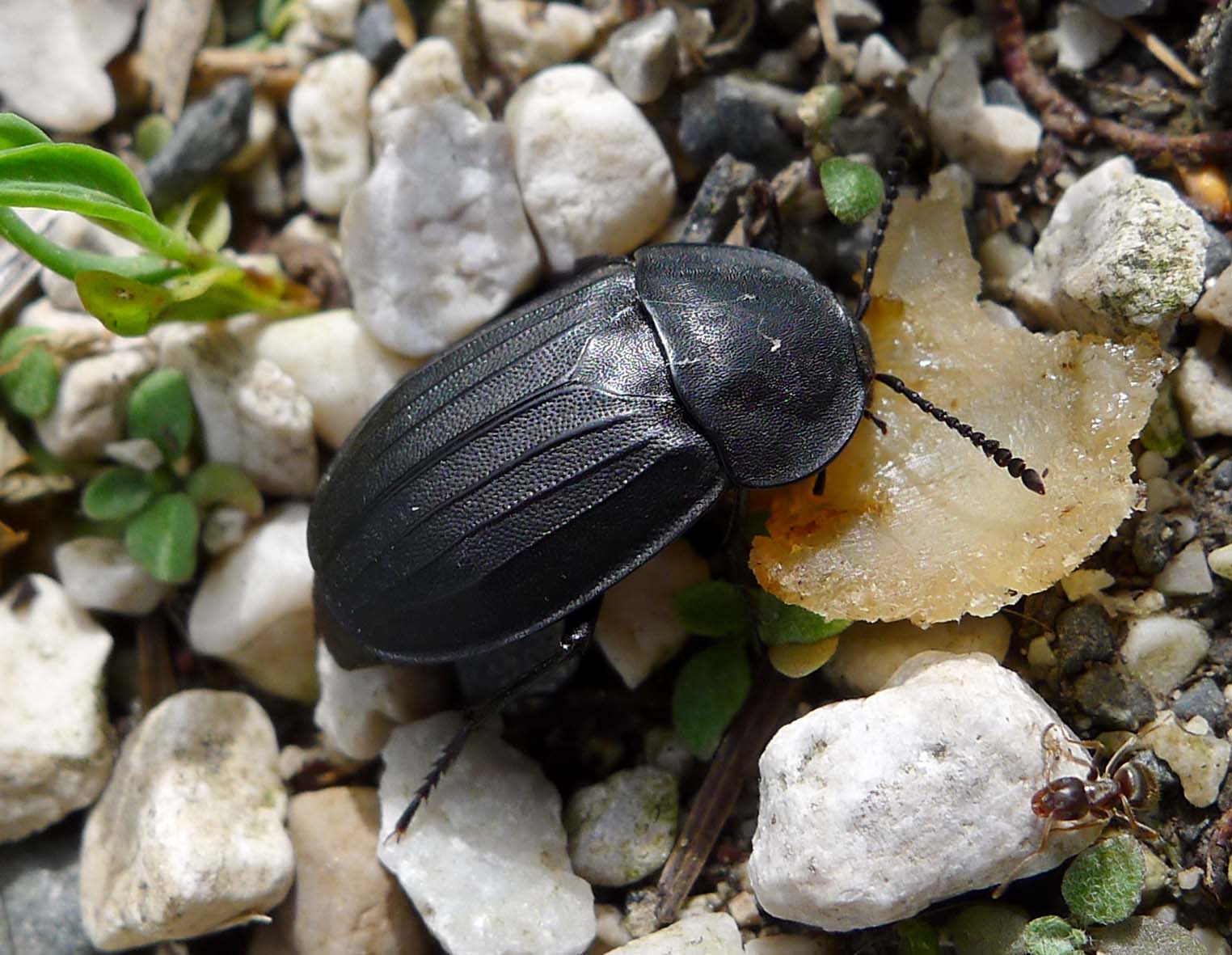
When death comes knocking in nature, carrion beetles are the first responders. These specialized insects can detect the scent of decay from miles away, arriving at carcasses within hours of death. They work in teams, with some species actually burying entire small animals underground to create safe nurseries for their young. The speed at which they operate is mind-boggling – a mouse carcass that would normally take weeks to decompose naturally can be completely processed by carrion beetles in just a few days. Without their services, dead animals would pile up everywhere, creating perfect breeding grounds for dangerous bacteria and parasites.
Flesh Flies: The Rapid Response Clean-Up Crew

While most people find flesh flies disgusting, these insects are actually performing one of nature’s most important cleanup jobs. They arrive at dead animals within minutes, sometimes even before the animal has completely died. Their larvae consume rotting flesh at an incredible rate, completely stripping a carcass clean in record time. What makes flesh flies truly remarkable is their ability to process waste that other insects can’t handle – they’re the heavy-duty cleaners of the insect world. A single flesh fly can lay up to 500 eggs at once, creating an army of cleanup specialists ready to tackle even the largest decomposition jobs.
Blow Flies: The Forensic Scientists of the Insect Kingdom

Blow flies are so efficient at finding and processing dead organic matter that forensic scientists actually use them to solve crimes. These metallic-colored insects can detect death from over a mile away and arrive at the scene faster than any human investigator. They work in a highly organized manner, with different species taking turns to process a carcass at different stages of decay. The larvae of blow flies can consume 60% of a carcass’s soft tissue in just one week. Their work is so precise and predictable that scientists can determine time of death just by examining which blow fly species are present and what stage of development their larvae have reached.
Sexton Beetles: The Grave Diggers That Work in Pairs

Some insects have turned waste processing into a family business, and sexton beetles are the perfect example. These orange and black beetles work in pairs to bury small animals like mice, birds, and frogs. The male and female beetles work together to excavate a grave directly beneath the carcass, sometimes digging down several inches into the soil. Once buried, they strip off the animal’s fur or feathers, roll the carcass into a ball, and cover it with antibacterial secretions to prevent other bacteria from spoiling their food source. The female then lays her eggs nearby, and both parents take turns feeding the developing larvae. This teamwork approach makes them incredibly efficient at processing small animal carcasses that other insects might struggle with.
Hide Beetles: The Specialists of Tough Jobs
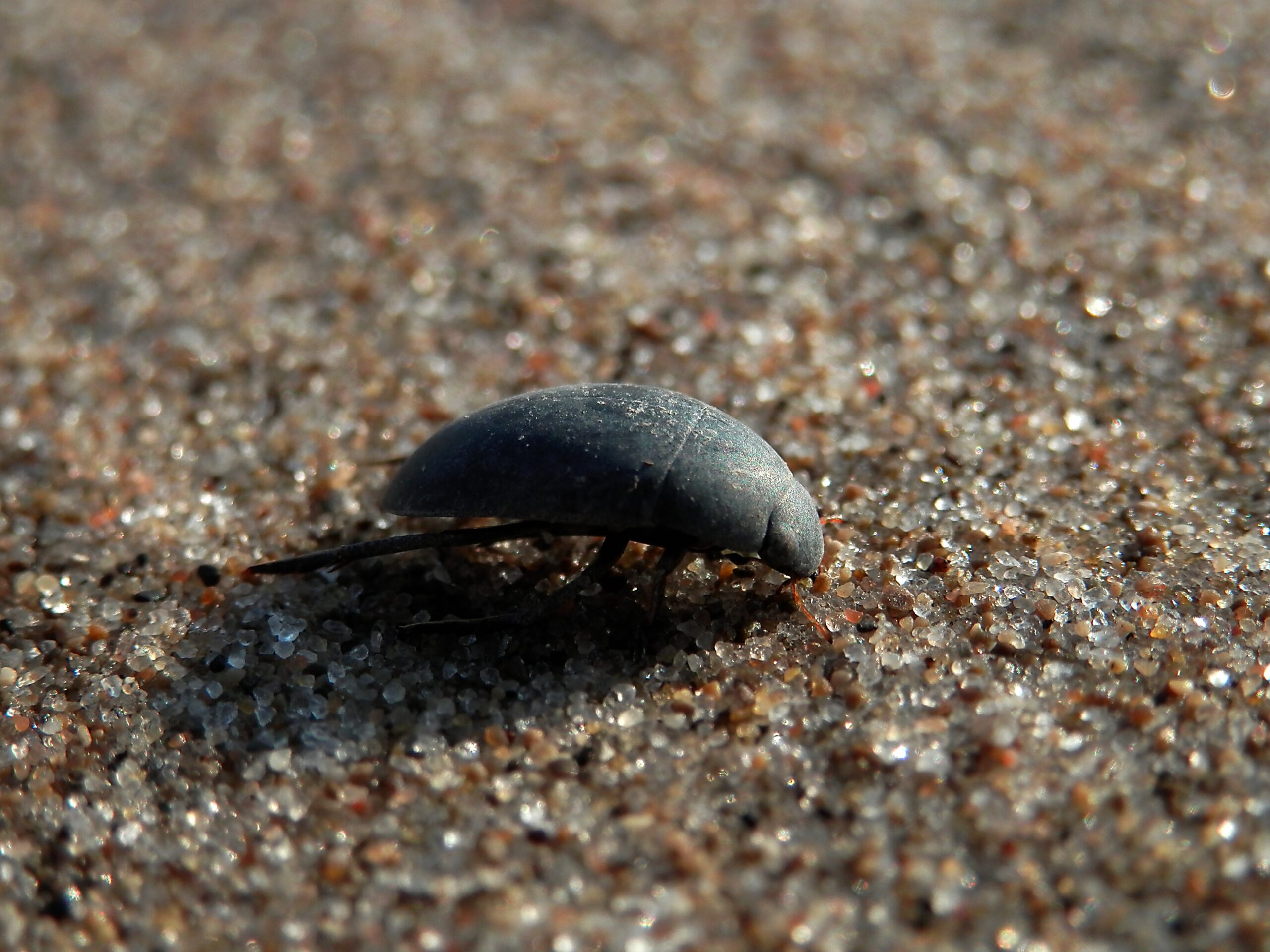
When other insects have finished their work and moved on, hide beetles step in to handle the tough stuff. These small, dark beetles specialize in processing the parts that other insects can’t or won’t touch – dried skin, hair, feathers, and even bones. They’re like the specialist contractors of the decomposition world, coming in to handle the final cleanup phase. Hide beetles can digest keratin, the protein found in hair and feathers, which most other insects find impossible to break down. Their ability to process these tough materials means that nothing goes to waste in nature’s recycling system. Some species of hide beetles are so efficient at their job that they can completely clean a skeleton, leaving behind bones so clean they look like museum specimens.
Rove Beetles: The Predators That Keep the System Balanced

Not all cleanup insects work directly on waste – some serve as quality control managers. Rove beetles are the predators of the decomposition world, hunting down other insects that might disrupt the natural waste processing system. They patrol decomposing organic matter, eating fly larvae, mites, and other small creatures that compete for resources. By controlling these populations, rove beetles ensure that the most efficient decomposers get to do their job without interference. These sleek, fast-moving beetles are like the security guards of the decomposition process, making sure everything runs smoothly. Their presence actually speeds up decomposition because they eliminate competition and prevent any one species from overwhelming the system.
Cockroaches: The Misunderstood Urban Waste Processors

Before you reach for the bug spray, consider this: cockroaches are actually incredible waste processors that help keep our cities cleaner than they would be otherwise. These resilient insects can digest almost anything organic, from food scraps to paper, dead plants, and even other dead insects. A single cockroach can process several times its body weight in organic waste every day. In many urban environments, cockroaches are working around the clock to break down organic waste that would otherwise pile up and rot. While nobody wants them in their kitchen, cockroaches in sewers, basements, and waste processing facilities are actually performing a valuable service by breaking down organic matter before it can become a bigger problem.
Dermestid Beetles: The Museum-Quality Cleaners
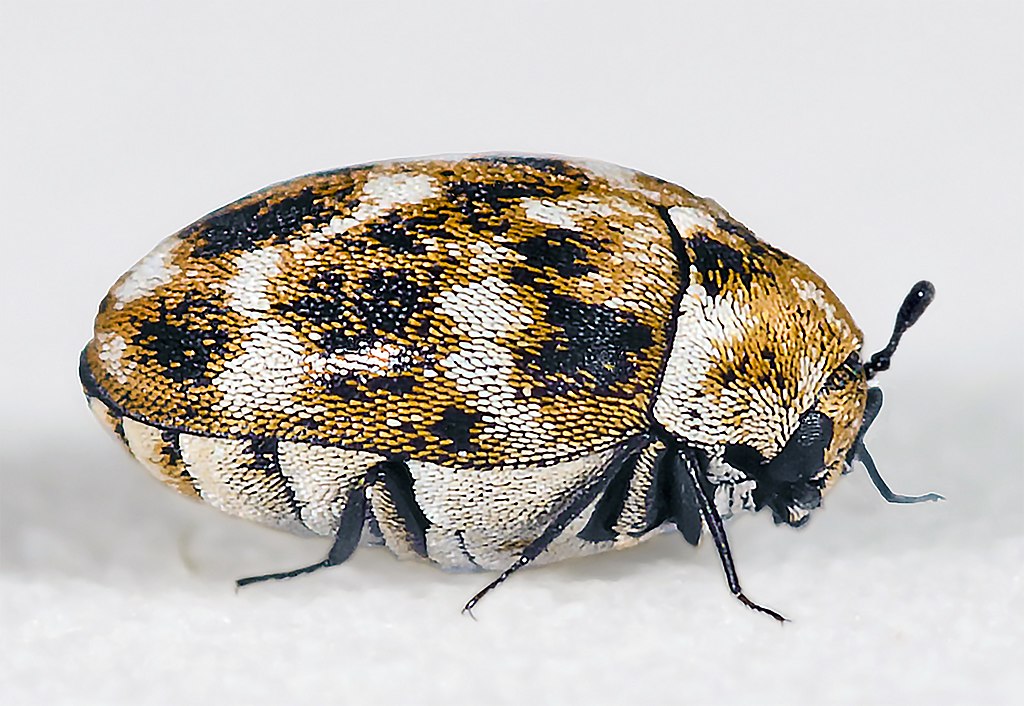
Some cleanup insects are so good at their job that humans have actually recruited them as professional cleaners. Dermestid beetles are used by museums, universities, and research institutions to clean animal skeletons for display and study. These small beetles can strip a skull completely clean in just a few days, leaving behind pristine bones without any damage. In nature, dermestid beetles serve as the final cleanup crew, processing dried skin, hair, and other tough organic materials that resist normal decomposition. They’re so thorough in their work that they can process materials that have been dried for months or even years. The larvae are particularly effective, able to get into tiny crevices and spaces that larger insects can’t reach.
Springtails: The Soil Renewal Specialists

Deep in the soil beneath our feet, springtails are performing one of the most important cleanup jobs on Earth. These tiny, wingless insects break down dead plant material, fallen leaves, and organic waste, turning it into rich, fertile soil. A single square meter of forest floor can contain over 100,000 springtails, all working together to process organic waste and recycle nutrients back into the ecosystem. They’re so small that most people never see them, but their impact on soil health is enormous. Without springtails, dead plant matter would accumulate on the forest floor, and the soil would become depleted of nutrients. These tiny insects are literally the foundation of healthy ecosystems, processing waste and creating the rich soil that supports all plant life.
Burying Beetles: The Ecosystem Engineers
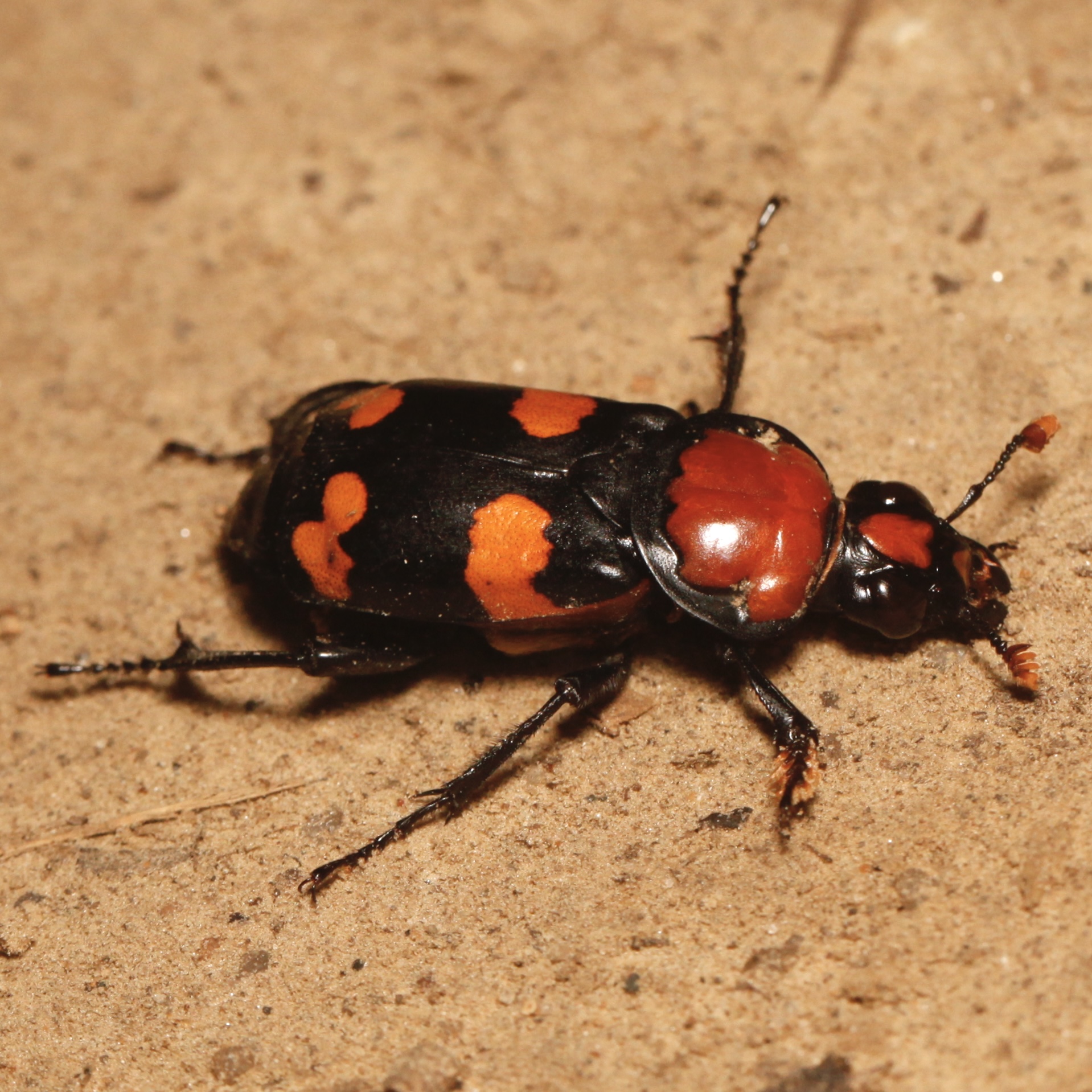
Burying beetles don’t just clean up waste – they actually engineer entire ecosystems around their cleanup activities. These large, colorful beetles can detect a dead animal from over a mile away and will fight off competitors to claim their prize. Once they’ve secured a carcass, they bury it completely underground, sometimes moving it several feet from where they found it. This burial process enriches the soil with nutrients and creates fertile patches that support plant growth for years to come. The areas where burying beetles have worked become hotspots of biological activity, supporting more diverse plant and animal communities. In essence, these insects are landscape architects, using their waste processing activities to create thriving ecosystems wherever they work.
Scavenger Flies: The Liquid Waste Specialists
While most people think of flies as simple pests, many species are actually highly specialized waste processors that handle materials other insects can’t touch. Scavenger flies can process liquid waste, fermenting organic matter, and even materials that are too wet or too toxic for other insects. Their larvae, commonly known as maggots, can survive in environments that would kill most other creatures, breaking down waste in sewers, compost piles, and other challenging locations. Some species of scavenger flies are so specialized that they only process specific types of waste – some handle only rotting fruit, others specialize in animal waste, and still others focus on decaying plant material. This specialization means that virtually no type of organic waste goes unprocessed in nature.
Cheese Skippers: The Extreme Environment Cleaners

Some cleanup insects specialize in processing waste in the most challenging environments imaginable. Cheese skippers, despite their name, are found wherever there’s fermenting organic matter, from compost heaps to animal carcasses. These tiny flies can process waste that’s so far gone that it would poison other insects, handling materials with extreme pH levels, high salt content, or toxic chemical compounds. Their larvae can literally “skip” or jump several inches into the air when disturbed, hence their name. In natural environments, cheese skippers fill an important niche by processing organic waste that has reached advanced stages of decay, ensuring that even the most challenging materials get broken down and recycled back into the ecosystem.
The Mites: Microscopic Waste Processing Giants

You can’t see them without a microscope, but mites are some of the most important waste processors on Earth. These microscopic creatures live in soil, leaf litter, and decaying organic matter, breaking down waste at the cellular level. A single handful of forest soil can contain thousands of mites, all working together to process organic waste and recycle nutrients. Different species of mites specialize in different types of waste – some process dead plant cells, others handle animal waste, and still others focus on fungal materials. Their small size allows them to get into spaces that larger insects can’t reach, ensuring that waste processing happens at every level of the ecosystem. Without mites, the fundamental processes of decomposition and nutrient cycling would grind to a halt.
Wood-Boring Beetles: The Forest Renewal Team

When trees die and fall in forests, wood-boring beetles are the first to arrive on the scene. These insects specialize in breaking down dead wood, turning fallen trees into soil and nutrients that support new forest growth. The larvae of wood-boring beetles tunnel through dead wood, creating galleries that allow air and moisture to penetrate deep into the wood, speeding up the decomposition process. Some species can process entire tree trunks over the course of several years, reducing massive logs to nothing but rich soil. Without wood-boring beetles, forests would be clogged with fallen trees, preventing new growth and creating fire hazards. These insects are literally the renewal agents of forest ecosystems, clearing away the old to make room for the new.
Concusion

The next time you step outside, remember that you’re surrounded by one of the most efficient cleanup operations on the planet. These insects work 24 hours a day, seven days a week, processing waste that would otherwise overwhelm our world. They ask for nothing in return except to be left alone to do their vital work. In a world where we’re constantly worried about waste management and environmental cleanup, perhaps it’s time we learned to appreciate the tiny workers who have been solving these problems for millions of years. What would happen if they all decided to go on strike for just one week?

